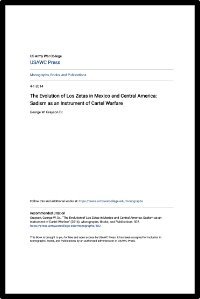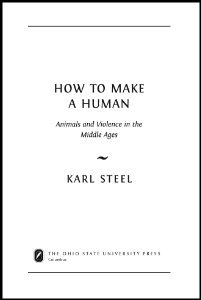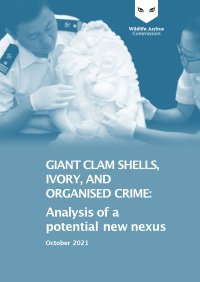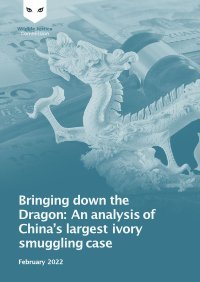By Mark Galeotti and Anna Arutunyan.
Globally, connections between crime, war and insurrection are inescapable, and the undeclared struggle over the Donbas region in eastern Ukraine, before Russia’s open invasion in February 2022, was no exception to the rule. Since Russia first encouraged, facilitated, armed and bankrolled the rising of the rebellious pseudo-states of south-eastern Donbas in 2014, there had been a pervasive connection between crime, war and insurrection. Despite continued sporadic skirmishes, by 2015, it seemed that the conflict had largely stabilized. A violent and confused hybrid of insurrection and foreign invasion, had led to the creation of the self-proclaimed pseudo-states of the Donetsk and Lugansk People’s Republics (DNR and LNR, respectively). Together, they controlled roughly 30% of the Donetsk and Luhansk regions, and had a combined population of approximately 2 to 2.3 million people. This was a status quo that not only encouraged criminalization, but was based on it. Industrial-scale smuggling of everything from coal to narcotics helped sustain the internationally unrecognized pseudo-states of Donbas; gangsters became militiamen; and money-laundering networks meanwhile bypassed sanctions
Geneva: Global Initiative Against Transnational Organized Crime, 2022. 56p.





















